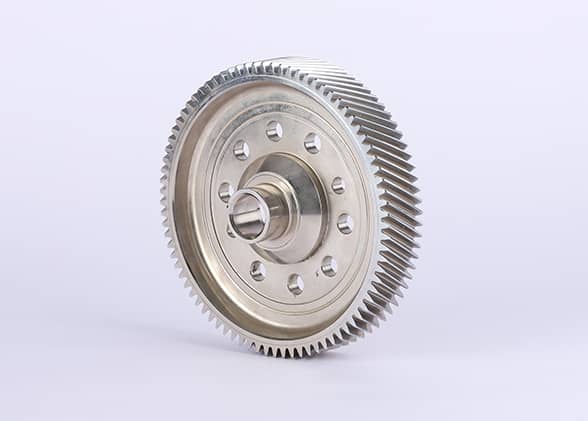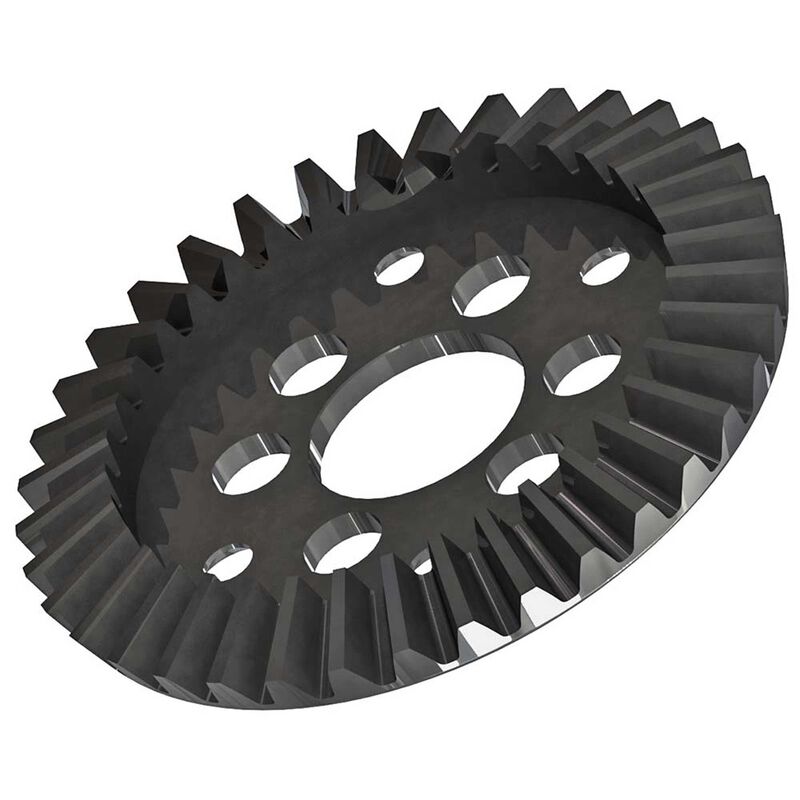Product Description
The small POM module gear POM low crown pinion gear cnc pinion gear wheel
/* January 22, 2571 19:08:37 */!function(){function s(e,r){var a,o={};try{e&&e.split(“,”).forEach(function(e,t){e&&(a=e.match(/(.*?):(.*)$/))&&1
| Application: | Motor, Electric Cars, Motorcycle, Machinery, Marine, Toy, Agricultural Machinery, Car |
|---|---|
| Hardness: | Soft Tooth Surface |
| Gear Position: | Internal Gear |
| Manufacturing Method: | Cast Gear |
| Toothed Portion Shape: | Spur Gear |
| Material: | Nylon |
| Customization: |
Available
| Customized Request |
|---|

What are the safety considerations when working with crown gear systems?
Working with crown gear systems requires attention to safety to prevent accidents and ensure the well-being of individuals involved. Here are some important safety considerations when working with crown gear systems:
- Training and Knowledge:
Ensure that individuals working with crown gear systems have received proper training and possess the necessary knowledge and expertise. They should understand the gear system’s operation, potential hazards, safety protocols, and emergency procedures. Adequate training helps minimize the risk of accidents and promotes safe working practices.
- Protective Equipment:
Provide appropriate personal protective equipment (PPE) to individuals working with crown gear systems. This may include safety glasses, gloves, ear protection, and any other necessary equipment based on the specific hazards associated with the system. PPE helps safeguard against potential injuries from flying debris, noise, or contact with moving parts.
- Machine Guarding:
Ensure that crown gear systems are properly guarded to prevent accidental contact with the moving gears. Install protective barriers, covers, or interlocking mechanisms to restrict access to hazardous areas. Machine guarding helps prevent injuries and keeps personnel safe from potential pinch points, entanglement, or crushing hazards.
- Lockout/Tagout Procedures:
Follow lockout/tagout procedures when performing maintenance or repair tasks on crown gear systems. Lockout/tagout involves isolating the equipment from its power source and affixing lockout/tagout devices to prevent unintended energization. This procedure protects workers from the unexpected startup of machinery and ensures their safety during maintenance activities.
- Routine Inspections:
Regularly inspect the crown gear system for any signs of wear, damage, or abnormalities. Look for loose or missing bolts, excessive vibrations, unusual noise, or leaks. Detecting and addressing potential issues through routine inspections helps prevent accidents and maintain the safe functioning of the gear system.
- Proper Lifting and Handling:
When moving or lifting crown gear components, adhere to proper lifting techniques and use appropriate lifting equipment. Crown gears can be heavy, and incorrect lifting or handling can lead to strains, sprains, or dropped objects. Follow ergonomic guidelines and use mechanical aids such as cranes, hoists, or lifting slings to ensure safe lifting practices.
- Emergency Preparedness:
Establish emergency preparedness protocols specific to crown gear systems. This includes clear communication channels, knowledge of emergency shutdown procedures, and access to first aid supplies. Train personnel on how to respond to emergencies, such as gear system malfunctions, injuries, or unexpected incidents.
Promoting a safety-conscious culture, providing ongoing safety training, and ensuring the implementation of appropriate safety measures are critical when working with crown gear systems. It is important to adhere to local safety regulations, follow manufacturer guidelines, and prioritize the well-being of individuals involved in operating, maintaining, or repairing crown gear systems.

Can you explain the process of gear engagement involving crown gears?
The process of gear engagement involving crown gears follows a specific sequence to ensure proper meshing and efficient power transmission. Let’s explore the steps involved in the gear engagement process with crown gears:
- Approach:
During the gear engagement process, the gear teeth of the mating gears approach each other. As the crown gear and the mating gear come closer, the teeth start to interact and prepare for engagement.
- Tooth Contact:
Once the teeth of the crown gear and the mating gear make contact, they begin to mesh together. The curved tooth profiles of crown gears allow for gradual contact between the teeth, reducing impact forces and ensuring smoother engagement.
- Alignment:
As the tooth contact progresses, the crown gear and the mating gear align themselves to achieve proper meshing. The teeth of the crown gear and the mating gear should align accurately to ensure optimal power transmission and minimize noise and wear. Proper alignment also helps distribute the load evenly across the gear teeth.
- Meshing:
Once the teeth are in contact and properly aligned, the crown gear and the mating gear mesh together. The teeth of the crown gear fit into the spaces between the teeth of the mating gear, creating a mechanical interlock. This meshing allows for the transfer of torque and rotation between the gears.
- Power Transmission:
With the gears meshed, power transmission occurs as the torque from the driving gear (such as a motor) is transferred to the driven gear through the crown gear. The crown gear, with its larger contact area and perpendicular tooth orientation, facilitates efficient torque transfer and power distribution within the gear system.
- Disengagement:
When the engagement process is complete or when the power transmission needs to be stopped, the gears disengage. The disengagement process involves the reverse sequence of the engagement steps. The teeth gradually separate, and the gears move away from each other, ceasing the meshing and interrupting the power transmission.
The gear engagement process involving crown gears is crucial for ensuring smooth and efficient power transmission. Proper alignment, gradual tooth contact, accurate meshing, and reliable disengagement are essential for minimizing wear, reducing noise, and maximizing the overall performance and longevity of the gear system.

Can you explain the unique design and shape of crown gears?
The design and shape of crown gears are indeed unique and distinguishable from other types of gears. Let’s delve into the characteristics that define the unique design and shape of crown gears:
- Tooth Orientation:
One of the key features of crown gears is their tooth orientation. Unlike other gears such as spur gears or bevel gears, where the teeth are parallel or at an angle to the gear’s axis, crown gears have teeth perpendicular to the gear’s face. This perpendicular tooth orientation allows for specific functionalities in mechanical systems.
- Teeth Shape:
The teeth of a crown gear are shaped like segments of a cylinder. They have a curved profile that matches the circumference of the gear. This unique tooth shape ensures smooth engagement and meshing with other gears, facilitating reliable torque transmission and rotational motion transfer.
- Gear Face:
Crown gears have a flat gear face where the teeth are positioned. The gear face is perpendicular to the gear’s axis and provides a stable surface for the meshing of other gears. The flat gear face allows for effective contact and force distribution when the crown gear engages with other gears in a mechanical system.
- Meshing with Other Gears:
The design of crown gears enables them to mesh with other gears in a unique manner. Crown gears can mesh with gears that have parallel axes or bevel gears with intersecting axes. The perpendicular tooth orientation and the curved tooth shape facilitate smooth and efficient meshing, allowing the transfer of torque and rotational motion between different gear types.
- Application-Specific Modifications:
While the basic design and shape of crown gears are consistent, they can be modified or customized for specific applications. This may include alterations in the tooth profile, tooth size, or gear dimensions to suit the requirements of the machinery or system in which they are used.
In summary, crown gears possess a unique design and shape characterized by perpendicular tooth orientation, curved tooth profile, a flat gear face, and compatibility with different gear types. These features contribute to the effective engagement, smooth meshing, and reliable transmission of torque and motion in mechanical systems.


editor by Dream 2024-04-19